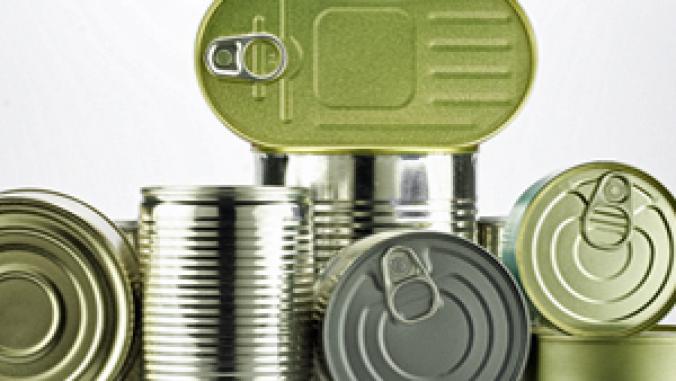Grad Students Design an 'EcoFridge' That Uses 40% Less Energy
<p>Grads students from UC Berkeley teamed with counterparts in Mexico to design an affordable, energy efficient household refrigerator that also helps curb wasteful habits when using the appliance.<br /> </p>

Imagine an environmentally friendly household refrigerator that's affordable and helps break people's energy-wasting habits when they use the appliance.
That's what team of UC Berkeley grad students in engineering and industrial design students from the Universidad Nacional Autónoma de México envisioned when they were asked by appliance manufacturer Mabe to develop a cost competitive 'fridge that is kinder to the environment than others available to consumers in Mexico.
For the Cal students, the challenge was their assignment for a new product development class. They made it their goal to achieve the greatest reduction possible in environmental impacts without upsetting consumers' perceptions of how a refrigerator should look or radically altering how people use it.
"We didn't want to make something that they didn't recognize," said Daniel Talancon, part of the Berkeley team that included Vince Romanin, Dave Lettieri and Tarek Hosny.
Talancon, Romanin and Lettieri were on hand at the annual Autodesk Sustainability Summit yesterday in San Francisco to talk about how free design software and coaching they received from the company's Sustainability Workshop program helped them design the EcoFridge. I caught up with the three to learn more about the steps they took to come up with the design concept (pictured above) that was submitted to Mabe.
The group used the software tools to evaluate various materials and their impacts, but they didn't have specifics from the appliance maker on materials used for existing refrigerators to use as benchmarks.
It soon became clear, however, that the greatest environmental benefits would result from reducing energy use, which would be affected by the design and performance of the cooling system and the configuration and features inside the refrigerator. If those elements were designed in a way to help users better organize their ice box, so they could find things quickly and cut the time they spend lingering in front of the appliance with an open door, then energy use could drop further, the group reasoned. They used their tools to develop and model various iterations of their design.
"People don't think much about refrigerators," said Romanin, adding that he and his colleagues hadn't either before their assignment. But they soon learned about the average refrigerator's lifecycle, consumers' requirements and how those differ in Mexico.
Their design reflects what they gleaned from their research. Here are some of the key features of their EcoFridge:
- To cool the unit, the team used an innovative phase change material to serve as a thermal battery. Their operations scenario calls for running a compressor to "charge" the battery at night, when electricity rates are lower and temperatures are usually cooler. This system reduces energy use by as much as 40 percent, the group estimates.
- The freezer is a big drawer at the bottom of the unit. This makes it easier for users to see and reach items more swiftly and with greater ease. The placement and use of a drawer also help optimize use of the cold air.
- A quick access tray, which sits where many refrigerators have cold water and ice dispensers, can hold anything that the household uses frequently or needs to get quickly, such as beverages or the day's brown bag lunches. When the tray slides forward, a seal within the refrigerator prevents cold air from escaping. Someone making a meal could stow all the ingredients in the tray, pull it out and keep it open while prepping the meal.
- Like most refrigerators, this one has adjustable shelves. But in deference to a culture and cuisine that emphasize fresh produce, the vegetable bin is large and has a clear, hatch-style door.
- A see-through crescent-shaped panel on the front of the refrigerator helps users inventory contents -- before a shopping trip or when mulling over a snack -- without opening the door.
"It's very difficult to change the consumer's mind about how to use a product," said Romanin.
"We tried to focus on things that people would accept," Talancon said.
Image courtesy of Autodesk





